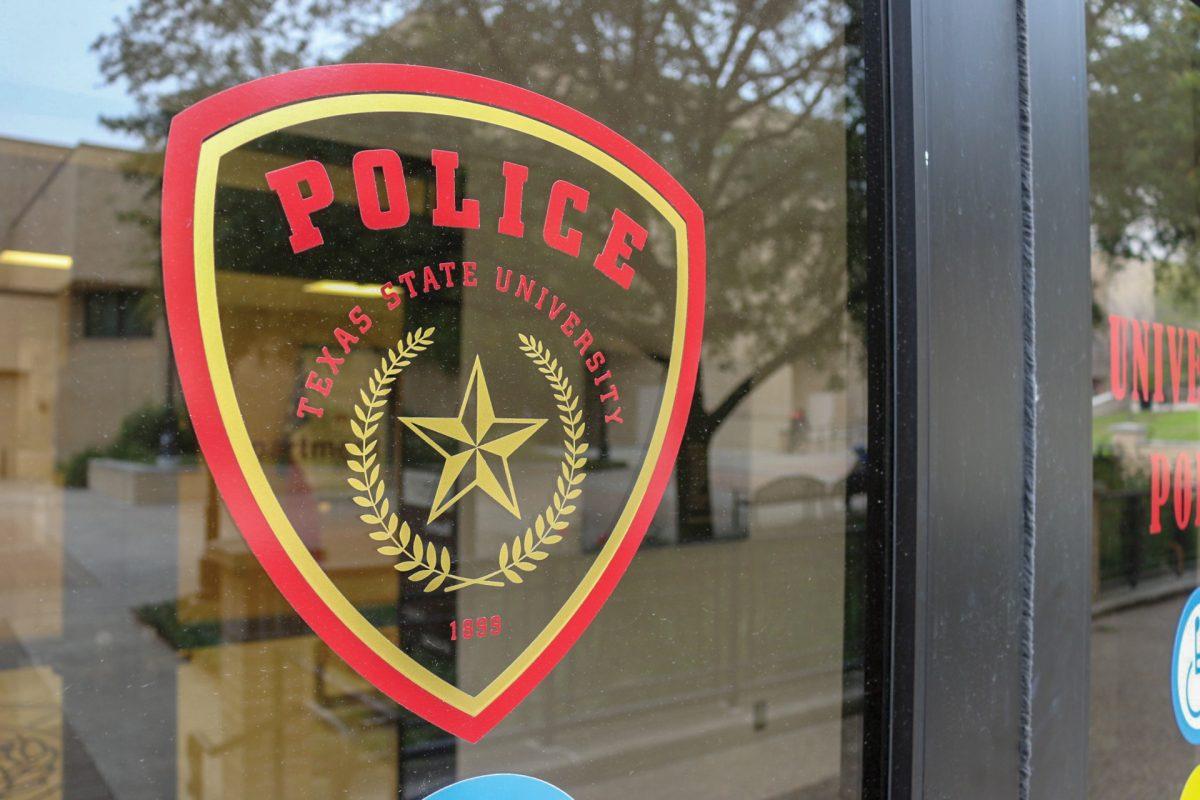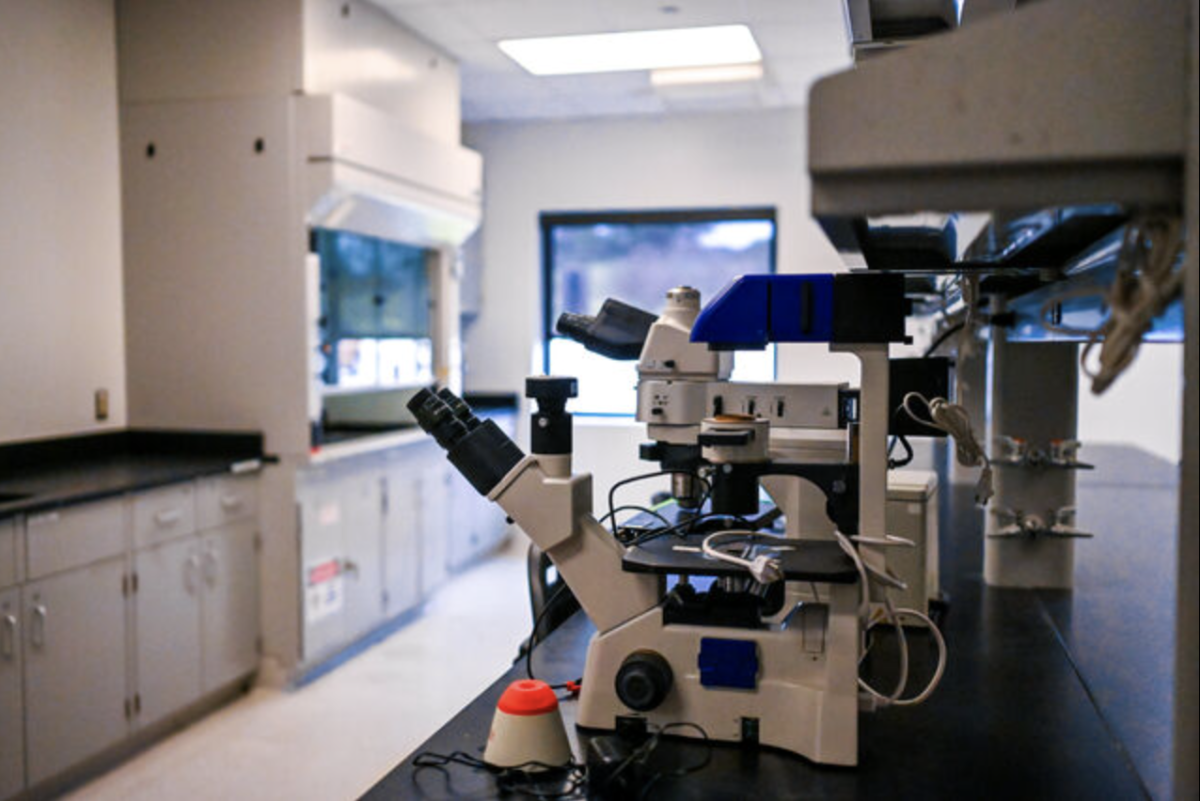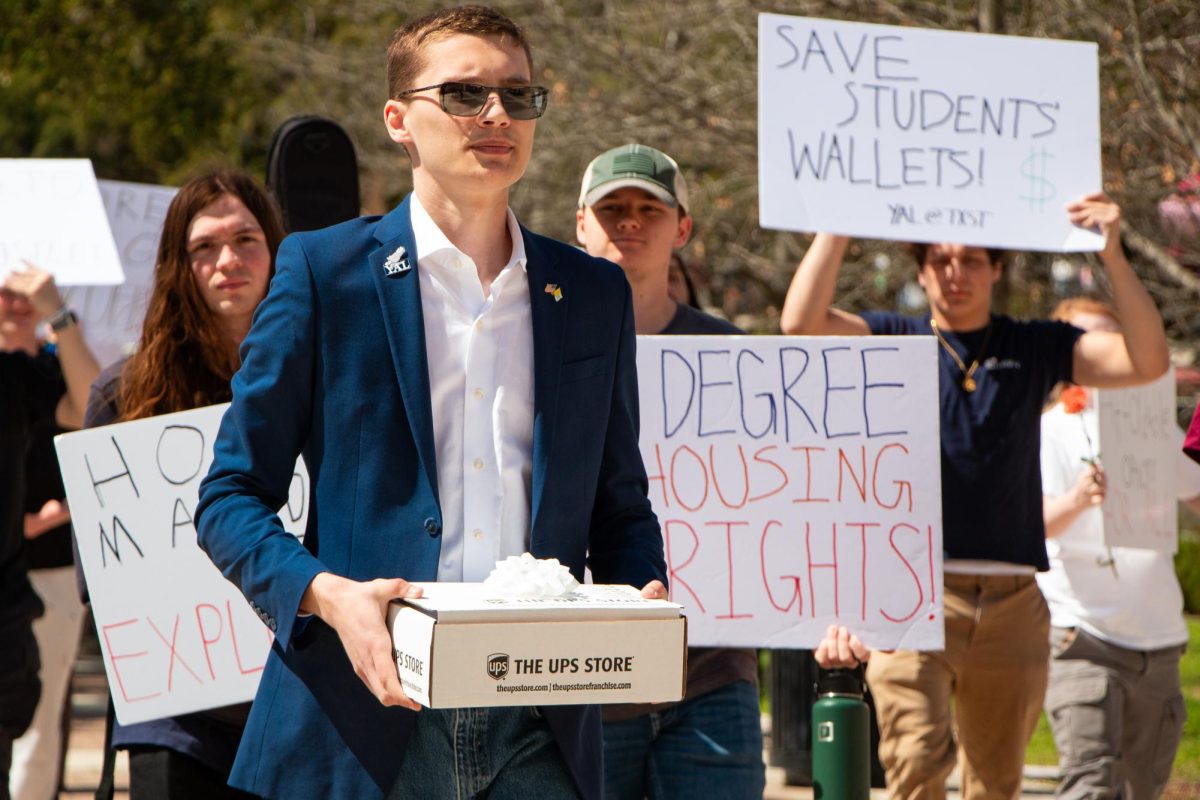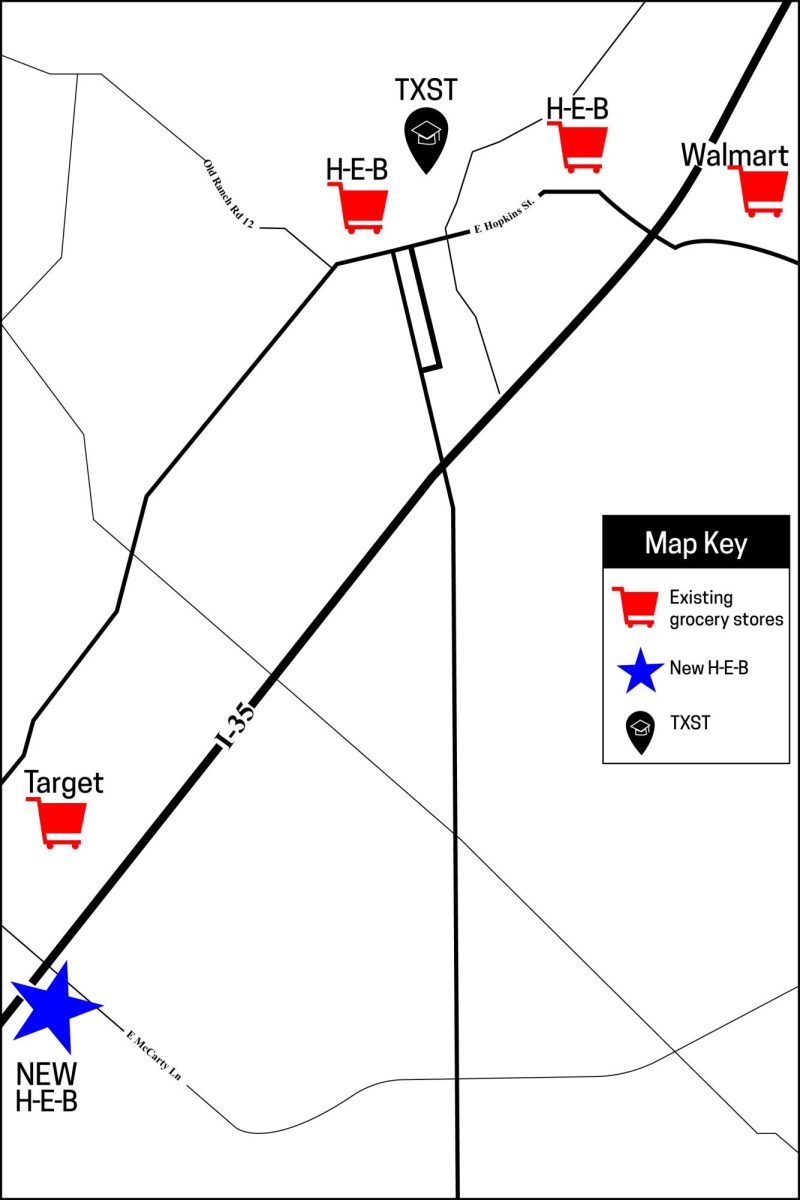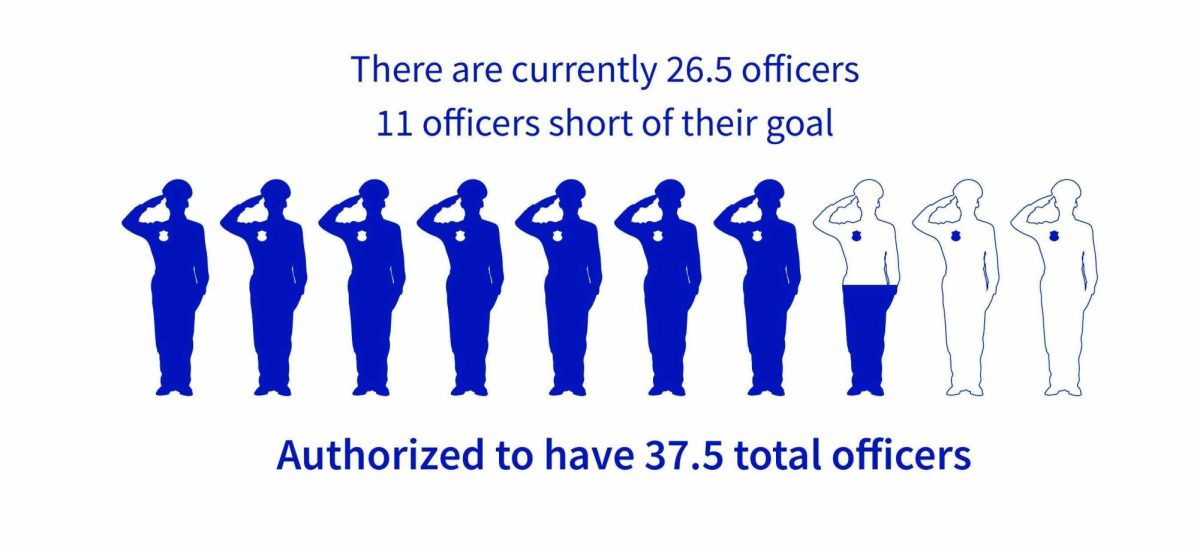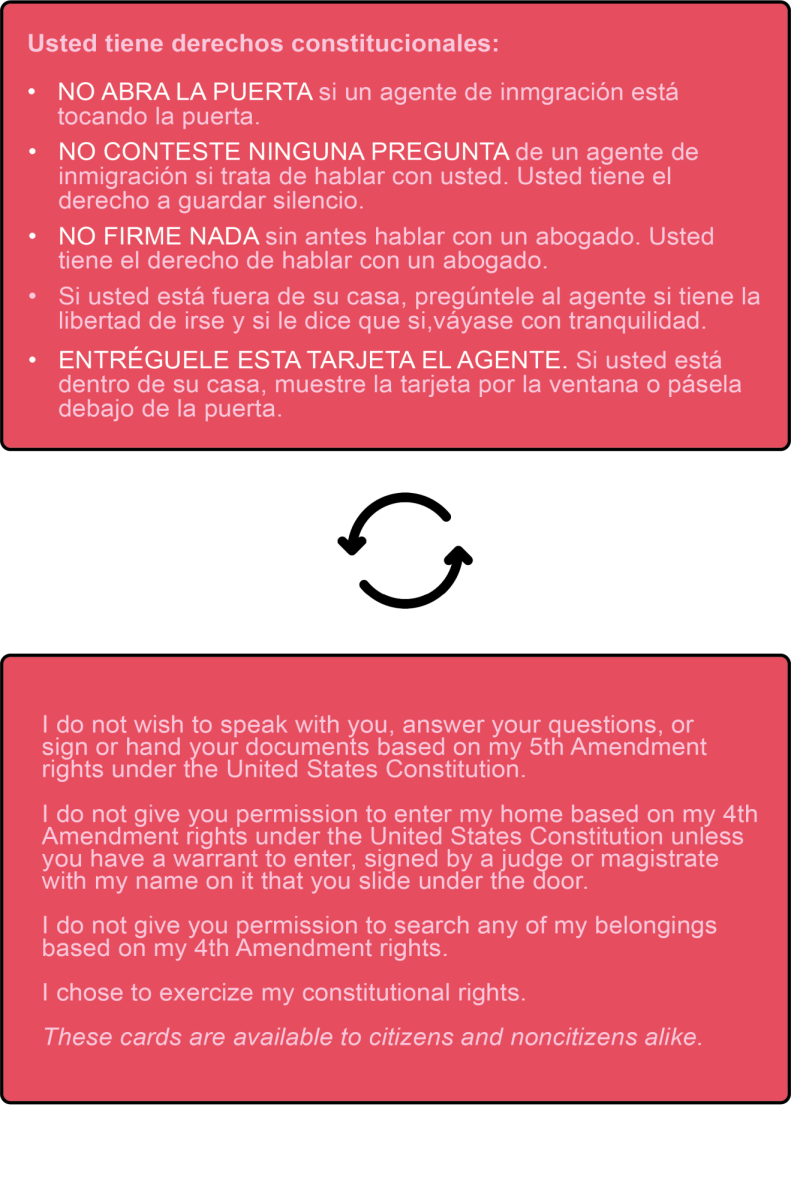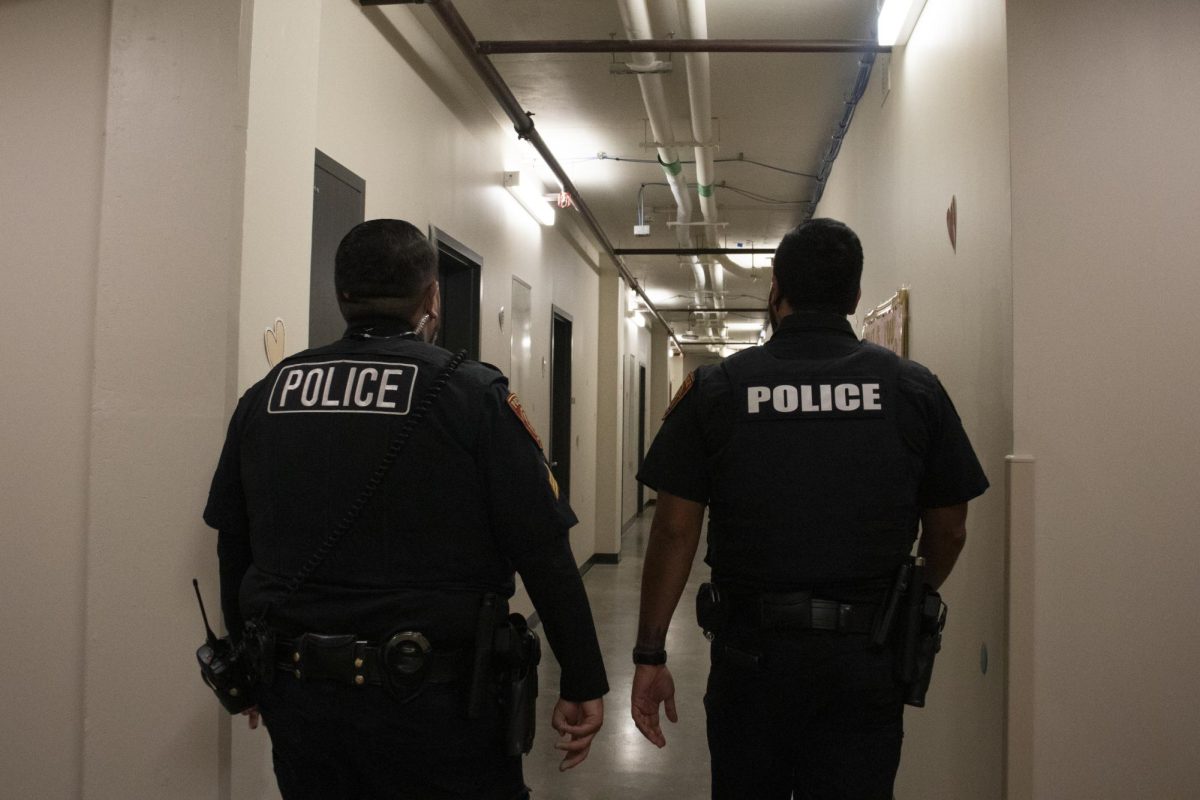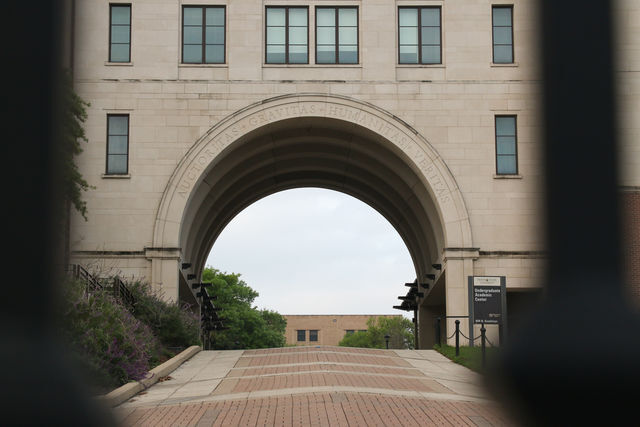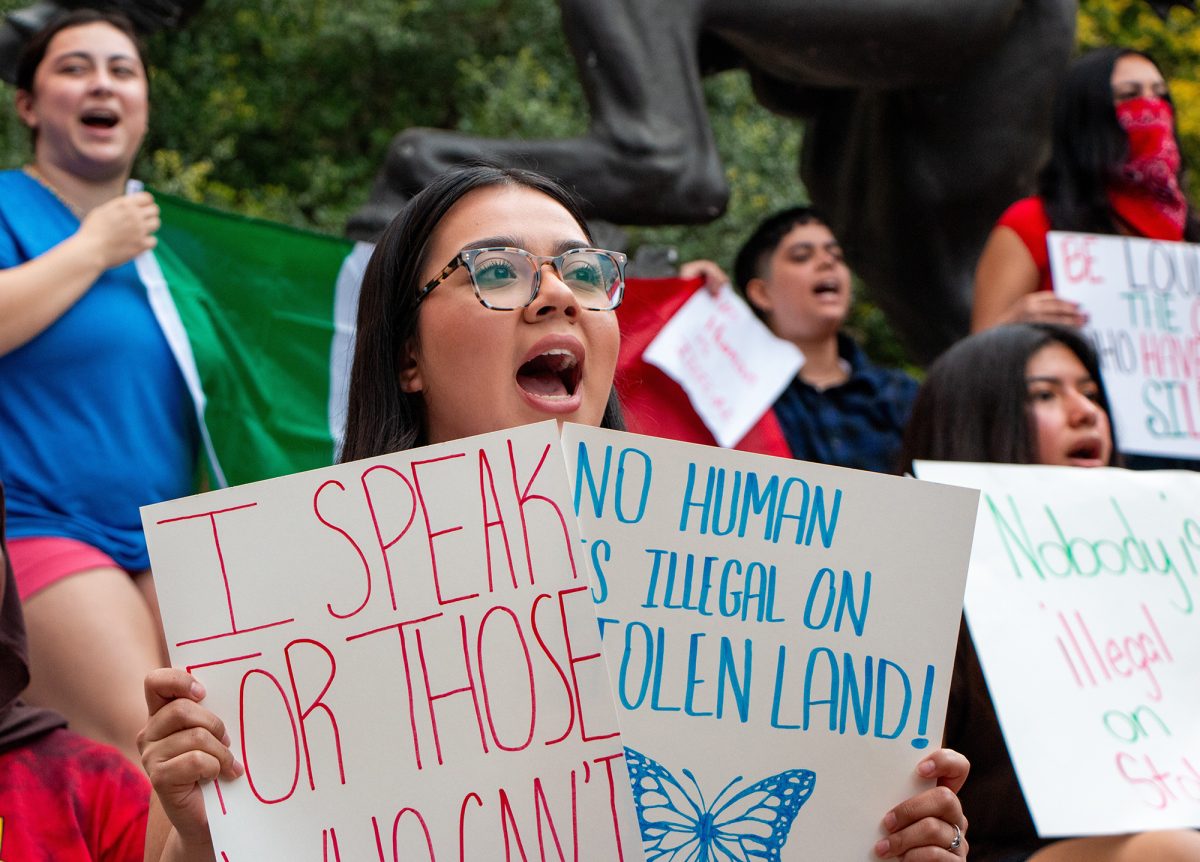University Police Department officer Ronald Dorsey has proposed the use of unmanned aircraft systems, or drones, on campus to follow other law enforcement agencies in alternative surveillance methods.
Police departments in San Marcos, Driftwood, Wimberley and other surrounding areas, as well as fire departments and EMS services, formed the Hays County Robotics Taskforce less than a year ago.
On June 6, 2018, the task force was authorized by the Federal Aviation Administration to begin public safety flights that included search and rescues and damage assessment in areas experiencing natural disasters. In 2017-18, the task force assisted in 85 criminal investigations and 442 operations other than investigations, according to a report found on its website.
Dorsey is a member of the task force and has been working for UPD since 1999. He said he was required to attend a training to learn how to use drones.
“(The Taskforce) sent officers from Hays County, including me, to go to an academy and learn about drones,” Dorsey said. “(Learning) how to fly them and the laws, with the purpose of responding to disasters, search and rescues, traffic accidents investigations, reconstruction, active shooter response, crime scene analysis and crowd monitoring, just to name a few.”
The training includes learning about all the different levels of regulations. Dorsey said UPD will have to follow FAA regulations, as well as federal, state, municipal and university policies and procedures.
The task force is under the Hays County Emergency Management. Kharley Smith, director of Emergency Services for Hays County said the task force was created to unify the surrounding area, as well as share recourses and training so not just one police department, fire department or emergency management agency takes on the financial burden.
Smith said the task force is under a certificate of authorization given by the FAA that mandates they report and publish all drone flights to the FAA.
Texas State already has a policy procedure statement regarding the use of drones. It outlines how to get approval to fly a drone on campus, as well as other rules: the drones have to stay in your line of sight and weigh less than 55 pounds.
Dorsey said his personal drone was $1,500, not including the price of extra batteries and cameras.
“Some drones stay up in the air longer than others so they can range from a thousand dollars for a unit to ten thousand for a unit, it really varies based on the capability you want it to achieve,” Smith said.
He said higher-end drones with all of the special equipment including infrared cameras and floodlights can be around $25,000. The other cost is for training, which is around or over $1,500 for a hands-on experience.
Kari McNelly, urban and regional planning junior, said she doesn’t like the idea of drones.
“I probably would not be a fan of (drones),” McNelly said. “I feel like it’s a waste of money because I don’t think that many serious crimes even happen on campus to warrant that.”
The proposal to get drones for the UPD will first be sent to Chief Laurie Clouse, and if approved, sent up the chain of command.
Captain Rickey Lattie said UPD is evaluating the use of drones.
“We’re investigating the value of (drones), if we would get enough use out of it to be worth the investment,” Lattie said.
Dorsey said he will be turning in the proposal to Clouse this week, but it could take a while before approved. The University Star will provide updates as they become available.
Categories:
UPD officer proposes on-campus drone usage
March 5, 2019
0
Donate to The University Star
Your donation will support the student journalists of Texas State University. Your contribution will allow us to purchase equipment and cover our annual website hosting costs.
More to Discover


